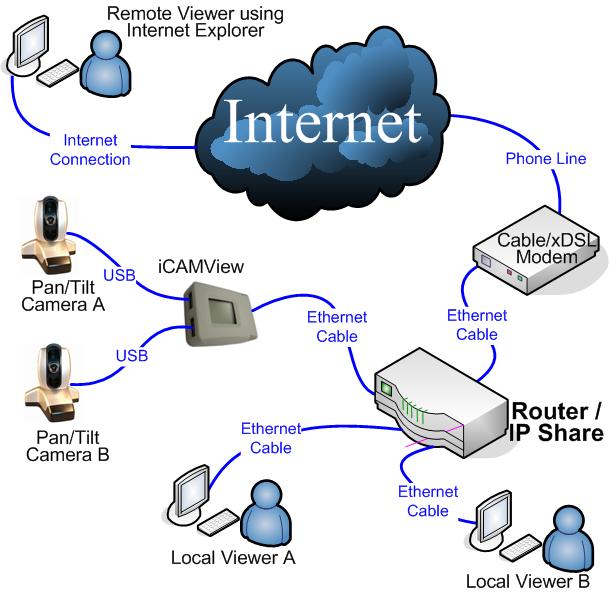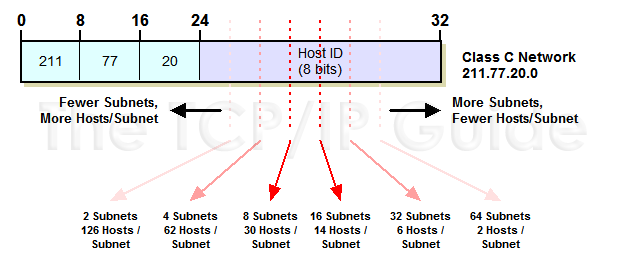Basic Principles of Network Routing

As the name suggests, the router is a processor (essentially a computer) that
that directs the movement of packets on a network from one address to another. In the earlier days of the internet, routers with relatively slow processors
could get easily overloaded and clogged. Even today, that sometimes happens.
Its probably simplest to view a router as a device that exchanges messages (packets)
with other networks - i.e. those beyond your LAN.
Today, and for quite some time, packet flow through routers and on networks
has been governed by Ethernet and its rules (see more below). The current
state of ethernet has the following one very important attribute:
- Each information packet sent from a computer is seen by all the other computers on the local network. Each computer then examines the packet and decides whether it was meant for its address. This is a little like everyone on your block reading the paper mail and deciding if it was meant for them!
While this attribute keeps packet routing somewhat simple, this architechture necessarily
leads to performance consequences if networks are too large. As a result its desirable
to set up multiple networks (called subnets) within an overall large company or
campus. For instance, the UO has about 250 subnets within its domain and each subnet
has its own router.
For example:

The network address of the machine bigmoo.uoregon.edu is 128.223.21.200
- 128.223 identifies the domain (uoregon.edu)
- 21 specifies the subnet (e.g. net-20/21) within that domain
- and 200 specifies the machine number on that subnet.
In this implementation of network addressing, IPv4, there are only 8 bits (e.g. 255 numbers)
available per field. Thus, suppose that the Knight Library has more than 255 machines available to students. That means the Libary will have to invest in new routers to create new subnets.
But this is a simplification; in reality its
possible to create different subnet masks to aggregregate a number of separate 255 node channels onto
a single subnet. We won't got into this in detail, but the generic concept of the subnet
mask in IP routing basically tells the router how big their LAN is and what address space
efines that LAN. Any address not in that space is then another network.
For instance,
in the Knight library 128.223.84.xxx, 128.223.85.xxx, 128.223.86.xxx and 128.223.87.xxx
are all on the same subnet meaning that 1000 machines could go on the same
subnet.
Subnetting then is a mechanism for managing the growing complexity of your network and
offers you flexibility between maximzing hosts per subnet, or maximizing number of
subnets. This is all controlled through the subnet mask.

| 

